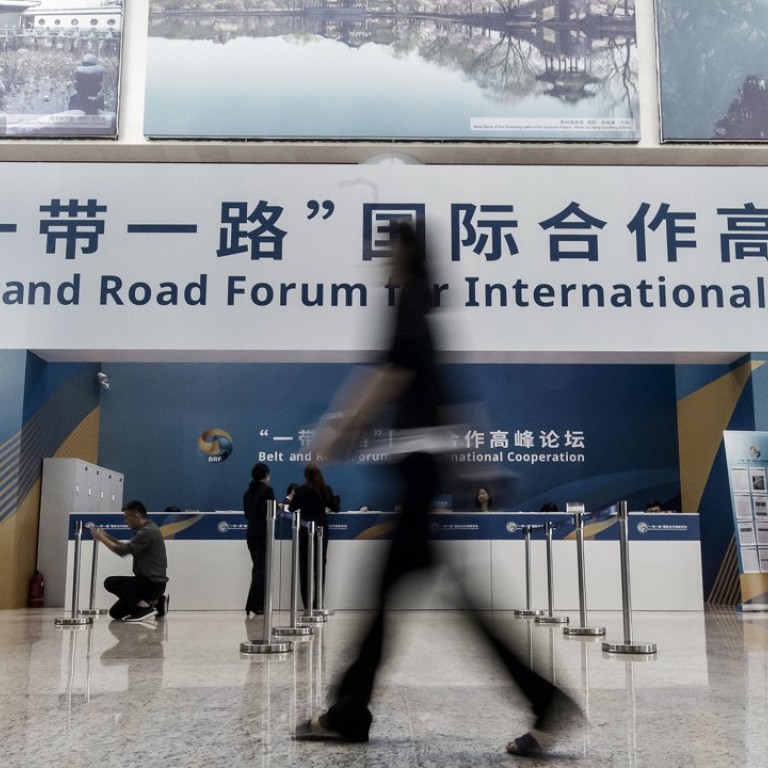
China’s overseas M&As picking up on hopes of eased capital outflow curbs
Outbound deals hit US$118 billion for January to September – half of which were announced in the third quarter
The value of Chinese overseas merger-and-acquisition deals jumped in the third quarter after several large transactions, and deal makers expect continued momentum as recovering economic fundamentals damp the need for restrictions on capital outflows.
Overseas deals this year by the Asia-Pacific region’s most active buyers reached US$118 billion at the end of September, nearly half of which were announced in the past three months, Thomson Reuters data showed on Friday.
But the amount is 29 per cent lower than the same period of 2016, a year in which a record US$221 billion was spent on assets as varied as movie studios and soccer clubs. Such was the buying that China’s government began placing restrictions on overseas deals to stop huge outflows of funds destabilising the yuan.
The yuan has since stabilised, while China’s foreign reserves have risen. The government has also been encouraging deals which support its belt and road plan, whereby it aims to create a modern-day equivalent to the ancient Silk Road international trading network.
As such, investors are scouting for deals in anticipation of the government relaxing restrictions on overseas M&As, bankers and deal makers said.
“Through the summer, on average, every week we have a new deal to look at. I’ve never seen this kind of activity before,” said Fred Hu, chairman of private equity firm Primavera Capital.
“Now the exchange rate has stabilised. The yuan has appreciated. There’s also China’s longer-term geopolitical ambition – ‘One Belt, One Road’. If you retain capital controls, how do you obtain long-term objectives?”
Steps towards curbing overseas deal activity have varied. One such step was the banking regulator in June ordering lenders to assess their exposure to overseas acquisitions of several conglomerates.
The consequent decline in deals contributed to a 5 per cent fall in the value of all Asia-Pacific M&As announced from January to September, to US$754 billion, Thomson Reuters data showed.
But China’s outbound M&A activity has started to rebound in recent months with many deals tied to the belt and road plan, which involves countries along China’s ancient trade routes and beyond, bankers said.
“If the target is in the same business, the same industry and the rationale is straightforward and the valuation is reasonable, I haven’t seen [Chinese entities] not able to do a deal,” said Kerwin Clayton, co-head of M&A, Asia-Pacific, at JP Morgan.
Capital controls may have thwarted multibillion-dollar deals, but transactions of US$500 million to US$1 billion are still considered achievable, bankers said.
“In terms of deal size, the sweet spot this year is around US$1 billion,” said Samson Lo, UBS head of M&A, Asia. “State-owned enterprises as well as consortium structures can pull off bigger deals.”
One such consortium sealed the region’s biggest deal of the year so far in July – the US$11.6 billion purchase of Singapore-based Global Logistic Properties.
Investors are now looking to China’s 19th party congress next month for the government’s policy regarding outbound investment, bankers and lawyers said.
“The 19th party congress may provide insight into how acquisitions are viewed and on which sectors China will continue to focus,” Lo said.

